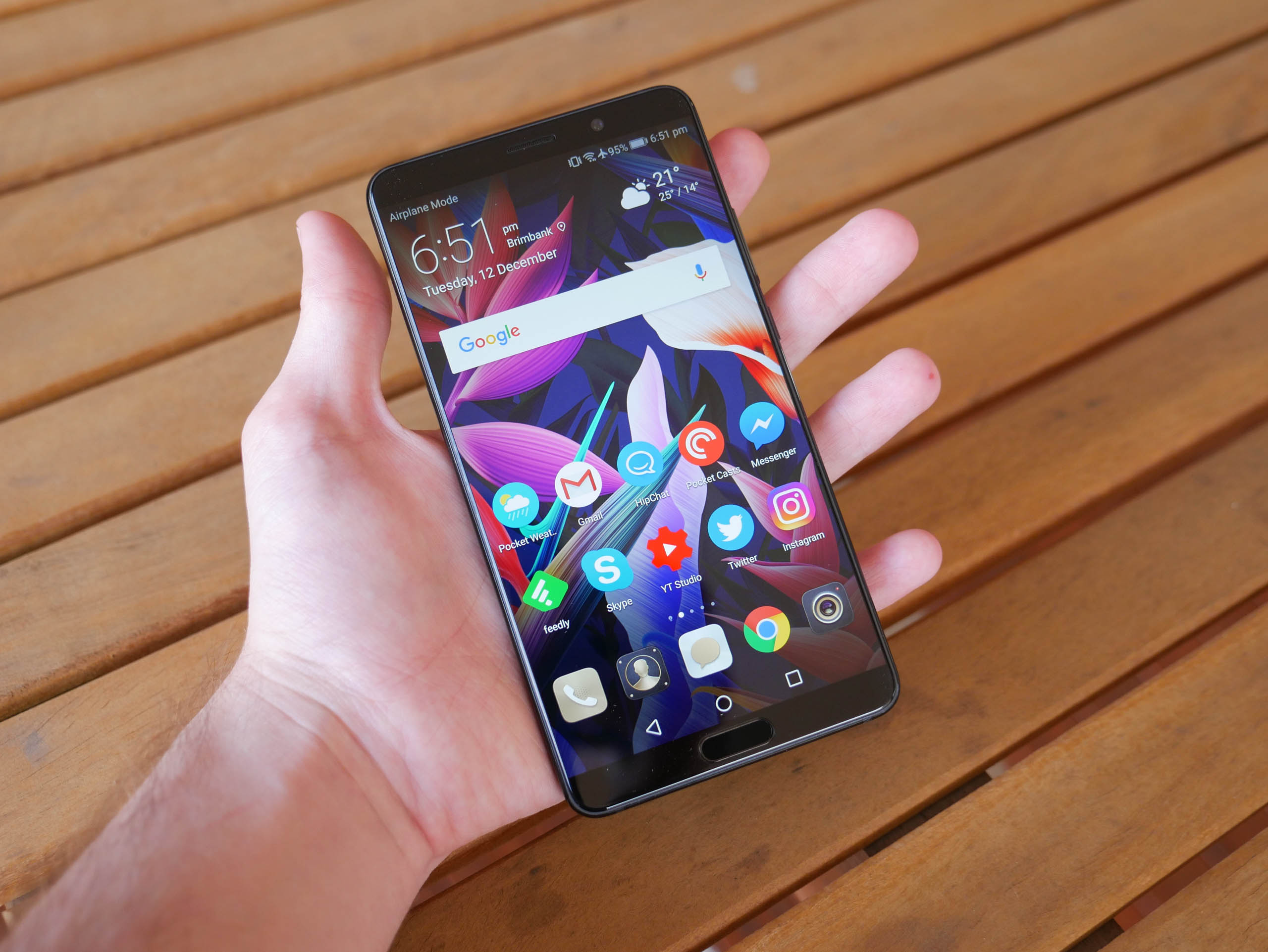Graphics, Throttling and Storage Performance



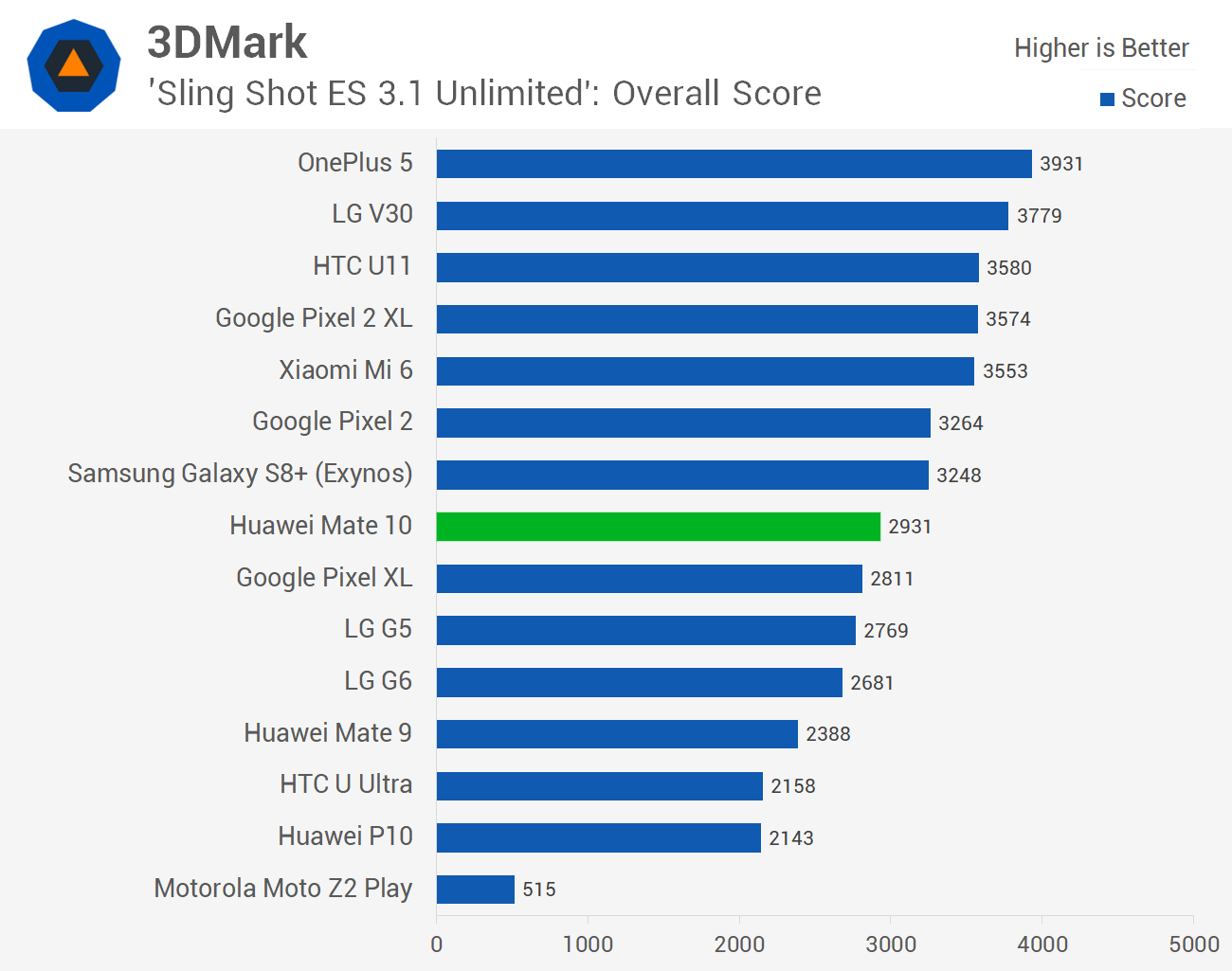
The biggest gains with the Kirin 970 are seen in graphics. There is a bit of variance between the tests, but what we're seeing in general is a 35 to 50 percent performance uplift compared to the Kirin 960. It doesn't manage to match the Snapdragon 835 despite these large gains, still falling 10 to 20 percent behind. It's a similar story compared to the Exynos 8895: not quite as fast.
On a positive note, it's good to see HiSilicon putting a greater focus on the GPU and attempting to match the big players in the mobile GPU space. The Kirin 970 doesn't quite get to the same levels as other modern SoCs, but it's a good showing.
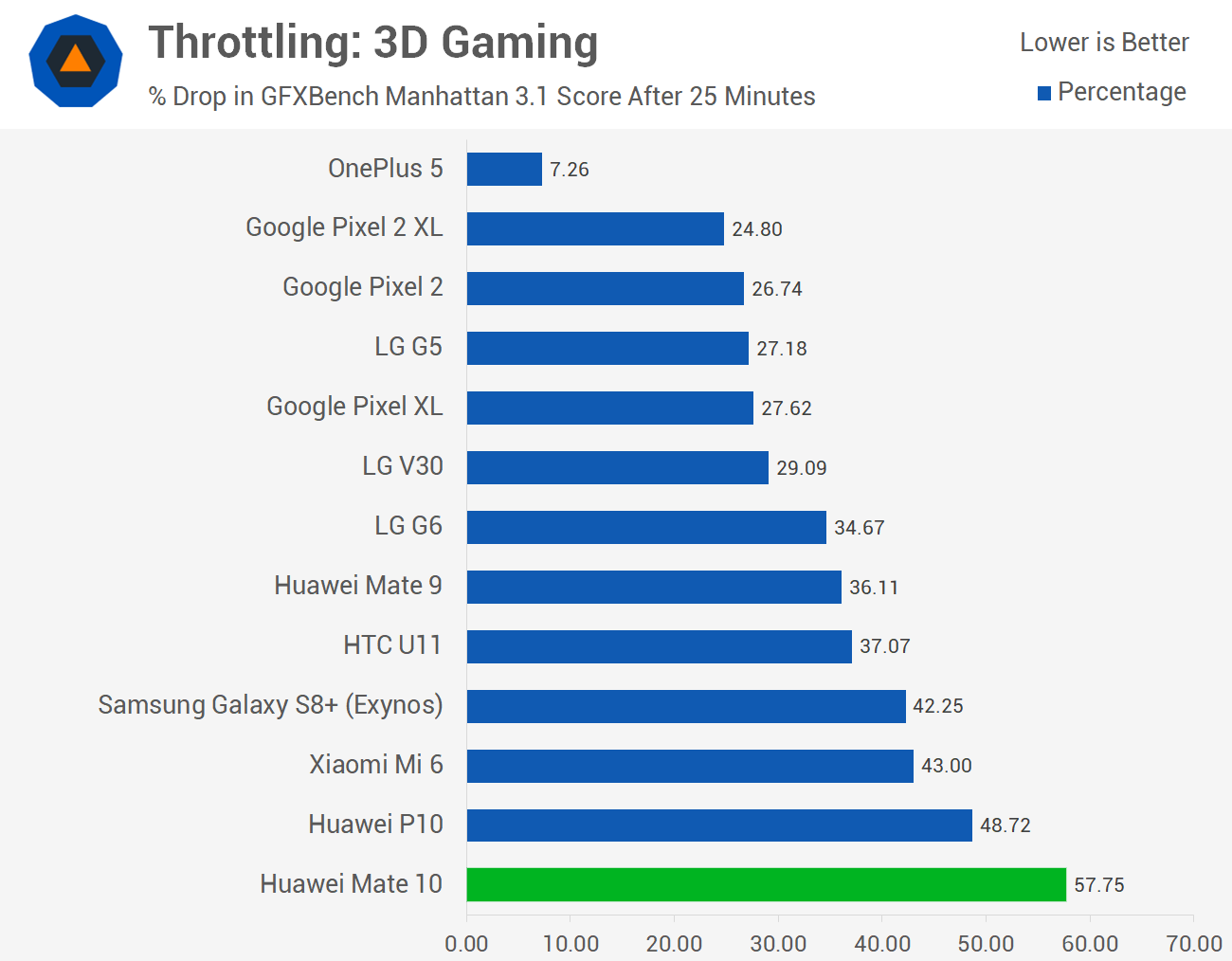
However, throttling still appears to be a significant issue with the Kirin line. The Huawei P10 with its Kirin 960 was one of the biggest throttlers in GPU-heavy workloads, and it's even worse with the Kirin 970. This SoC throttled by 58% after 30 minutes of gaming compared to its peak performance level, leading to steady-state performance worse than its competitors by a decent margin.
In comparison, Snapdragon 835s tend to only throttle by 30 percent, so they end up with significantly higher long-term performance as they already outperform the Kirin 970 at peak. This is a key area Huawei needs to focus on an refine if they are to compete with other SoCs.
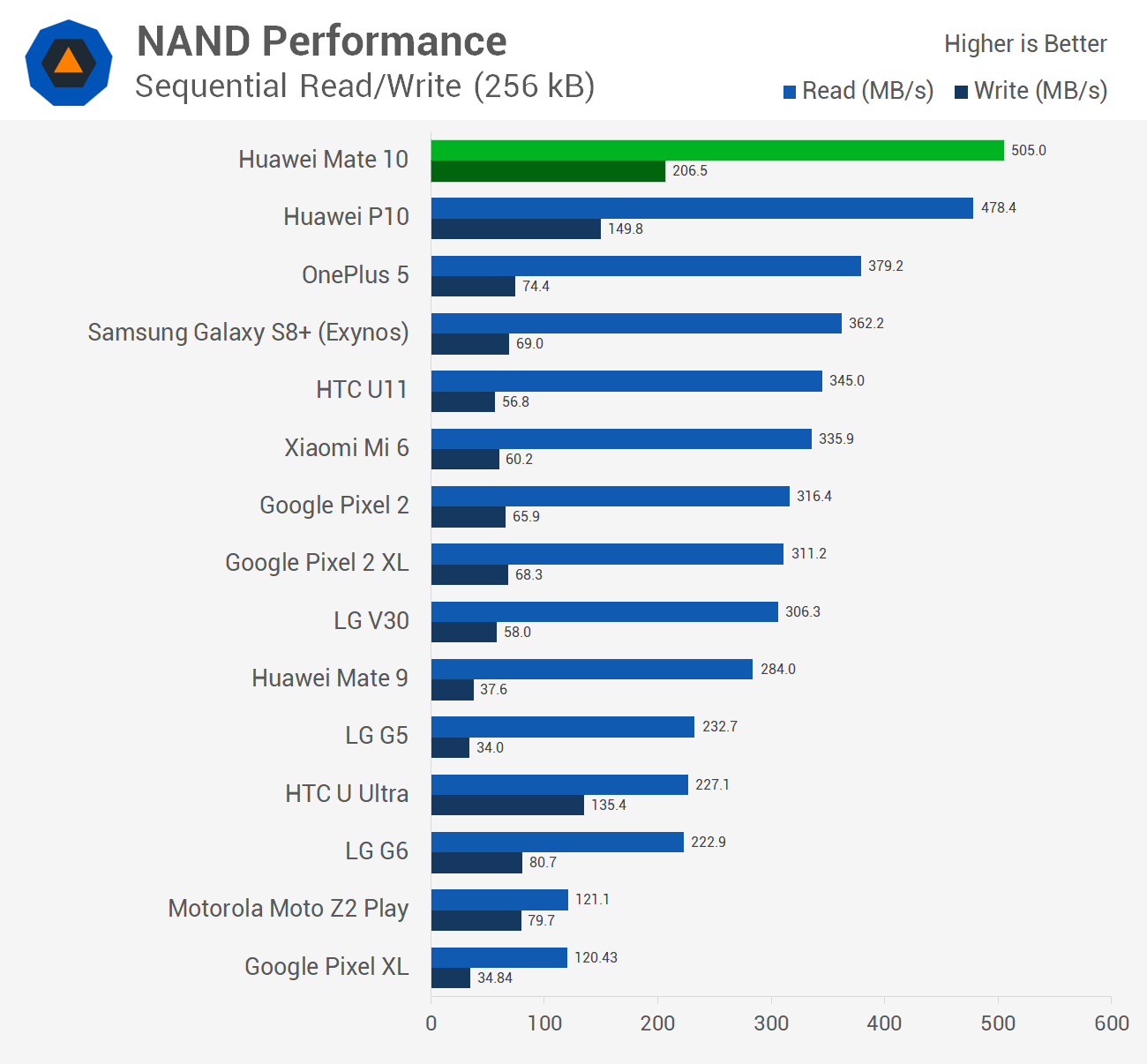
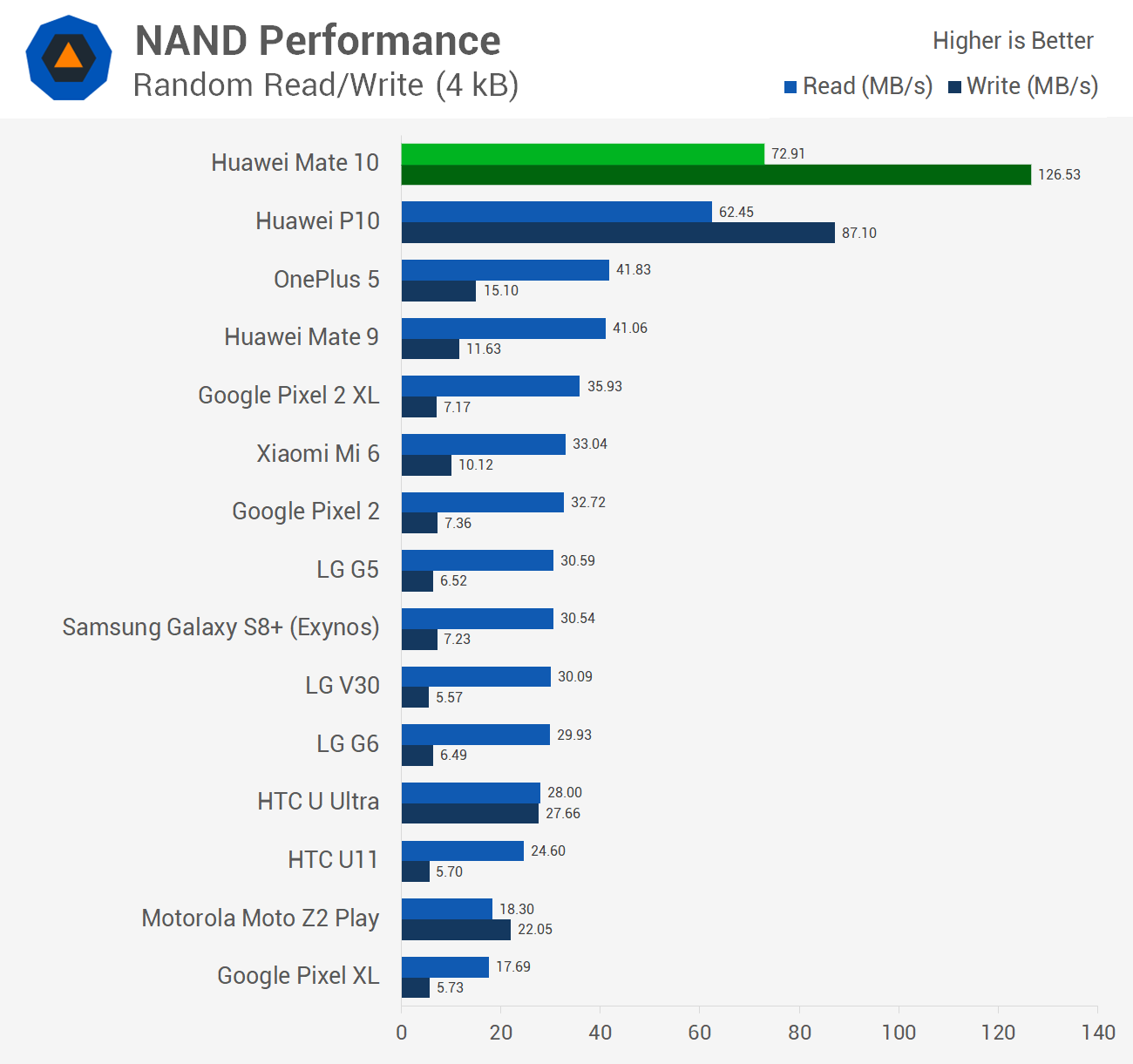
It's better news for NAND performance, which is historically been a strong point for the Mate series. The Mate 10 tops the charts in both sequential and random performance, at times by a significant margin. This leads to excellent app loading times and keeps the Mate 10 feeling snappy to use.
